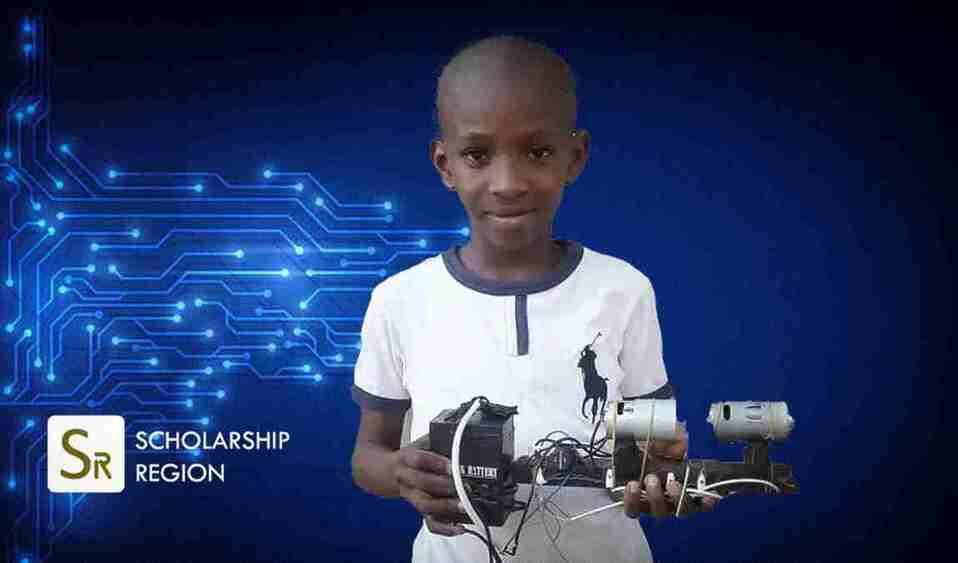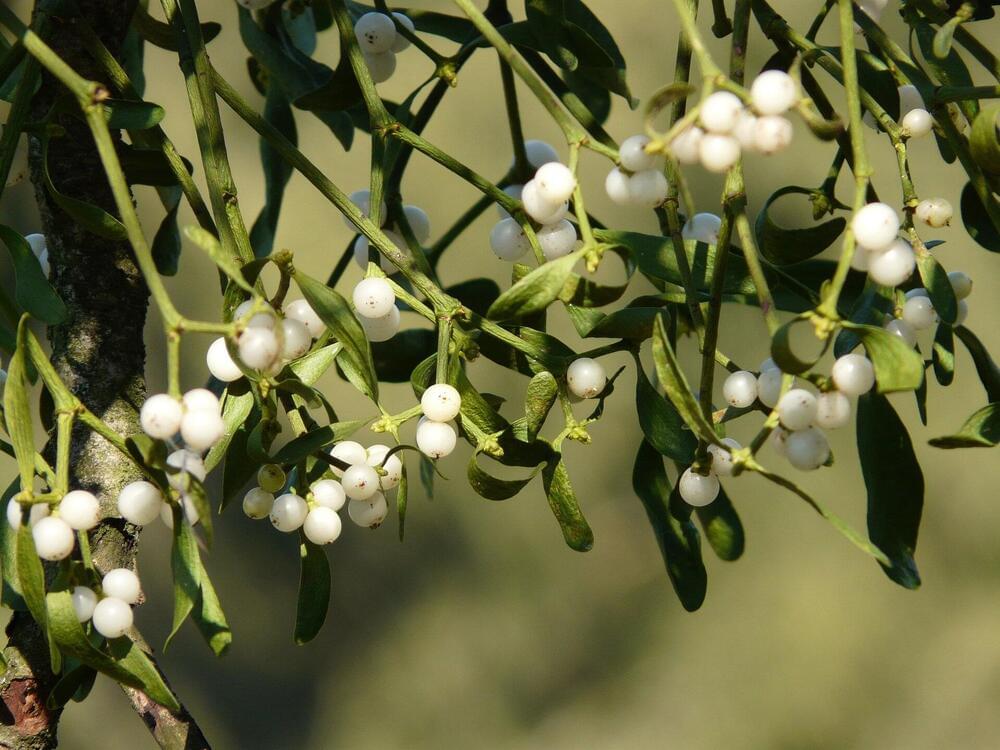Page 2608
Jan 25, 2023
11-year-old Nigerian kid invents power generator that works without fuel, hopes to study Electrical Engineering
Posted by Shubham Ghosh Roy in categories: energy, engineering
We are on twitter, follow us to connect with us — @scholarsregion— Scholarship Region (@scholarsregion) January 13, 2022.
Jan 25, 2023
How to Be 18 Years Old Again for Only $2 Million a Year
Posted by Omuterema Akhahenda in categories: biotech/medical, health
Novak Djokovic, age 35, sometimes hangs out in a pressurized egg to enrich his blood with oxygen and gives pep talks to glasses of water, hoping to purify them with positive thinking before he drinks them. Tom Brady, 45, evangelizes supposedly age-defying supplements, hydration powders and pliability spheres. LeBron James, 38, is said to spend $1.5 million a year on his body to keep Father Time at bay. While most of their contemporaries have retired, all three of these elite athletes remain marvels of fitness. But in the field of modern health science, they’re amateurs compared to Bryan Johnson.
Middle-aged tech centimillionaire Bryan Johnson and his team of 30 doctors say they have a plan to reboot his body.
Jan 25, 2023
Rebooting the Genome Successfully Reversed Aging
Posted by Shubham Ghosh Roy in categories: biotech/medical, life extension, neuroscience
We spoke with Dr Morgan Levine 2 years ago concerning the remarkable results that she and a team that included Dr David Sinclair had in restoring vision in mice. In that experiment, published in the journal Nature, older mice had tighter optic nerves crushed causing blindness. Then, using a combination of 3 of the 4 Yamanaka cellular programing factors, they were able to restore the mice’s vision by signally the underlying DNA, rebuilding what had been thought to be permanently damaged cells. This was a remarkable result, as it was restoring a damaged organ, essentially a part of the brain, to its original healthy state. When I spoke to Dr Levine about the next step in her research, she mentioned it may be a more complex organ, such as a mouse liver.
But they went further. In the January issue of Cell, Sinclair published results of their ability to age an entire mouse. That is, to signal the epigenome to cause the underlying mouse DNA to behave as if it were much older. They were also able to do the reverse: to take an older mouse and, by signaling the epigenome, bring its cells and organs to the state of a younger mouse. This is a truly remarkable achievement, and it seems to prove Sinclair’s theory that all of our cells have within them a pristine copy of their DNA, and that aging and the disease associated with aging are the result of miscues from the epigenome. If these miscues can be corrected then the cell can be restored, not to a blank stem cell but to its original condition.
Jan 25, 2023
Spraying drugs up the nose may help heal the brain after a stroke
Posted by Raphael Ramos in categories: biotech/medical, neuroscience
I guess we will have more medicine delivered through the nose in the future.
Antibody molecules sprayed into the noses of rats have led to the repair of stroke-like damage in the brain, and it may be because the drugs travelled through nerve cells for smell.
Jan 25, 2023
VIDEO: A New Generation of AI Assistants
Posted by Saúl Morales Rodriguéz in category: robotics/AI
Perceptually-enabled Task Guidance prototypes demonstrated ability to help people complete recipes as a proxy to unfamiliar tasks.
“Perceptually-enabled Task Guidance (PTG) teams demonstrated a recipe for success in early prototypes of super smart #AIassistants that can see what a user sees and hear what they hear to help them accomplish unfamiliar tasks. More: https://www.darpa.mil/news-events/2023-01-25”
Jan 25, 2023
DARPA enters a new phase in creation of an aircraft with no exterior moving parts
Posted by Saúl Morales Rodriguéz in category: transportation
@AuroraFlightSci will design a full-scale X-plane that relies solely on changes in air flow for in-flight maneuvers. #ActiveFlowControl #XPlane More: https://www.darpa.mil/news-events/2023-01-17
Jan 25, 2023
Second Flight of Kızılelma
Posted by Saúl Morales Rodriguéz in categories: robotics/AI, transportation
Baykar is moving forward in Kızılelma Unmanned Combat Aerial Vehicle (UCAV) programme. The first prototype of the aircraft has completed the second flight from facilities based at Çorlu Atatürk Airport without issue.
Jan 25, 2023
Despite its romantic reputation, mistletoe is a nutrient-stealing parasite
Posted by Saúl Morales Rodriguéz in category: food
Mistletoe may be a welcome holiday sight when hung over a doorway if a loved one is near. But it can be an unwelcome intruder when found in your trees, according to a Texas A&M AgriLife Extension Service horticulturist.
“Mistletoe is a hemiparasite—a semi-parasitic plant,” said Allison Watkins, AgriLife Extension horticulturist for Tom Green County. “It makes its food from photosynthesis, but the roots grow into the host tree, sucking water and minerals out from the sap.”
In other words, you likely do not want to see mistletoe growing on your favorite shade tree or prized ornamental. However, mistletoe can survive as long as the tree it inhabits. So, some mistletoe alive today may still be around in 100 years.


















